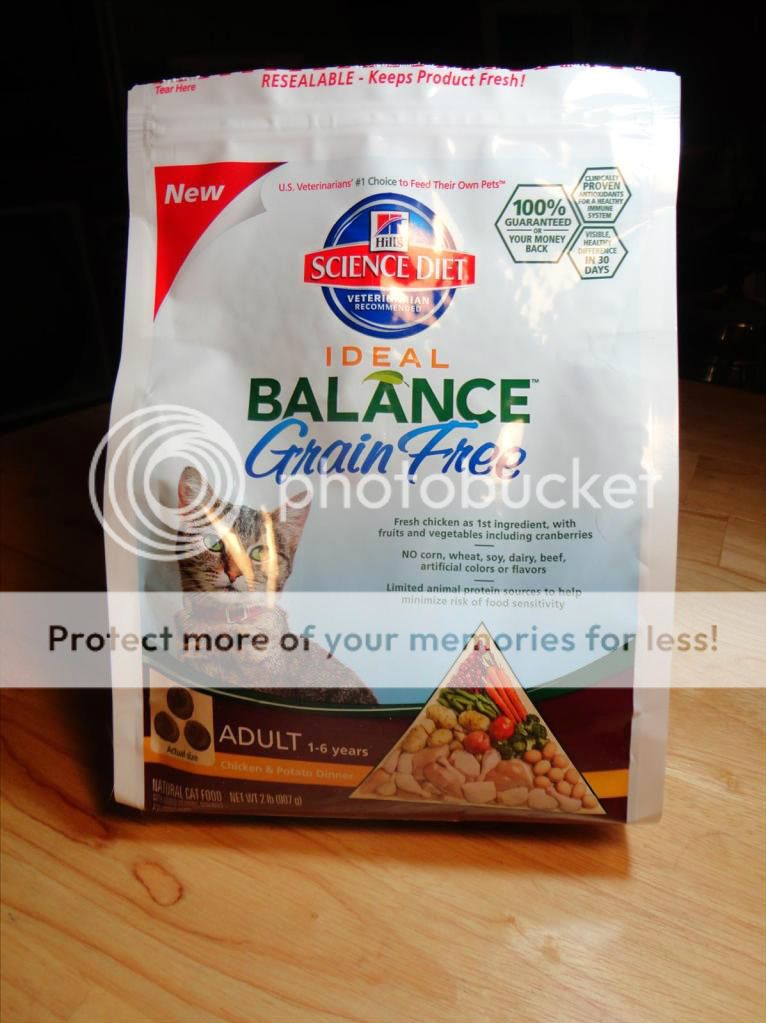The rule of thumb for what to feed your pet is to ask yourself would I eat this? Would this be a food that I consider healthy for my own body? If you wouldn't eat it, then chances are that you might want to think twice about feeding it to your pet.
Proteins are by far the most important part of a diet. There must be some form of protein in the food. As such it is one of the required labels on commercial pet foods. There has to be a percentage value on the label of the
minimum crude protein. The most common in commercial pet foods is chicken or beef. The type of pet you have will determine the best ingredients for them.
Personally, I prefer chicken to beef just as I would rather give myself the leaner poultry than red meat. Also, you want to consider quality. Think about it, there are different grades of beef and chicken, but it is a lot harder to ruin a chicken than a cow. There are less inedible parts from a chicken.
I know you've seen it in the grocery case at the store. You know more about the meat from a chicken because it is a smaller animal and there aren't really any 'bad' parts to it. However, on a cow there are many more muscles and you can never be sure which ones are used in a pet food. That is not to suggest that pet food companies are using bad cows, but that the cut of meat in your pet's food is probably of lower quality than you would get from a chicken. Or that you would choose to eat yourself.
On the topic of beef and chicken, when you take the time to read the labels then you will notice than there are more than one mention of chicken or beef. Examples are chicken by-products or chicken meal. There are even such thing as blood, bone and feather meal. Not something that appeals to your appetite? Well, it doesn't appeal to your dog or cat either.
Of course unless you buy premium organic you are going to get a few sub-par ingredients. However, when you analyze the words used meal is just a ground form of chicken which makes sense in the dry kibble. Yet, by-product could mean almost anything. I know I wouldn't want to eat that.
There is of course one more type of chicken and that is eggs. Eggs are utilized as well and follow the same logic. As long as the description sounds as if the original ingredient has not been drastically altered then it is probably a good choice.
Fish for the most part is equally hard to mess up. There generally seem to be little problems with fish. Again, use your judgement. If you know that salmon is a healthier fish than a sardine, then pick the food with salmon.
There are many other proteins used in dog and cat foods. The truly exotic are wild game such as pheasant or even kangaroo. I am not lying. If a protein can be exported, then you can probably find it in a specialty premium pet food. Of course, being exotic is not necessarily a good thing. Pets can have allergies too. Generally, introducing new and foreign proteins to your pet's diet can lead to a reaction. If they've grown up eating chicken their whole life and you suddenly switch them to kangaroo, then they are going to have a transitory period when their body adjusts. These changes are not always beneficial.
The proteins don't get much more complicated than that. When you have the option, always choose real and natural products for your pet's food. The best option is not always the most expensive.
I am adding a disclaimer, I am not a veterinarian. I have taken courses in animal nutrition and specifically companion animal nutrition. I have formulated a pet food before, so I do know a bit about the types of things you want to feed your pets. Still, these are only my recommendations.

